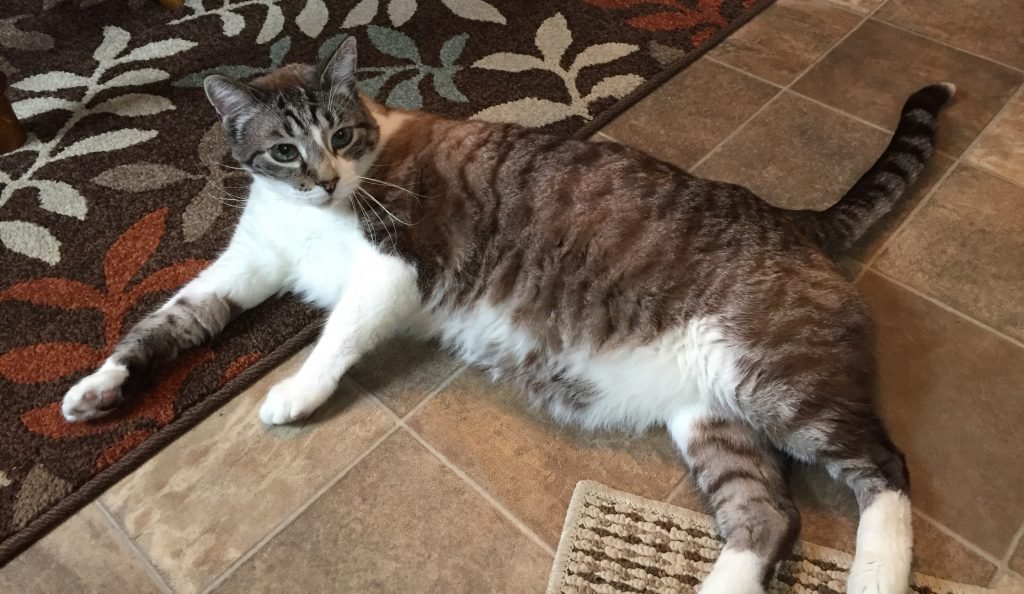I received this nice note from LK and Buddy the declawed cat.

Dear City,
About five years ago, my brother rescued an abandoned cat behind a dumpster while the poor feline was scrounging for food. After a few weeks of leaving kibbles and canned cat food for the frightened little guy, my brother decided to bring the cat home.
The cat’s paws were scarred deeply in the back, with declawed stumps in the front. Affectionately known as “Buddy”, the cat pees outside the litter box, and is a powerful biter. It’s obvious why his owners threw him out of the house. How he survived outdoors was truly a miracle.
We immediately took the cat to the vet for treatment. There was no chip to identify the perpetrators. The cat is very fortunate to have found a home with my brother, in spite of of being inundated by the unpleasant odor of cat urine through the house, not to mention painful biting that occurs during excitement.
All veterinarians know that there is a purpose for claws. A cat walks on its toes by nature, and after declawing, the weight shifts back, causing unnatural stress on a cat’s entire body.
A veterinarian knows that when a cat sinks it’s claws into a tree or a scratching post, the claws retract and exercise the legs, shoulders and back. This keeps a cat strong and healthy.
Declawing prohibits this natural phenomena, and a cat’s muscles will slowly atrophy and weaken.
A veterinarian also knows that a cat is stoic, and will show no pain no matter the circumstances. To do so would make a feline vulnerable to its enemies.
Unfortunately, in the case of declawing, a cat’s enemies are human, rather than predators.
Throughout history, people like you have fought powerful giants for the sake of justice. New Jersey is promising, New York is interested and, West Virginia is stirring.
The fight will be won.
Many vets have joined the Paw Project movement, and refuse to declaw in their practices. Hats off to all of them!
Victory is within reach!
LK and Buddy
Keep fighting!
